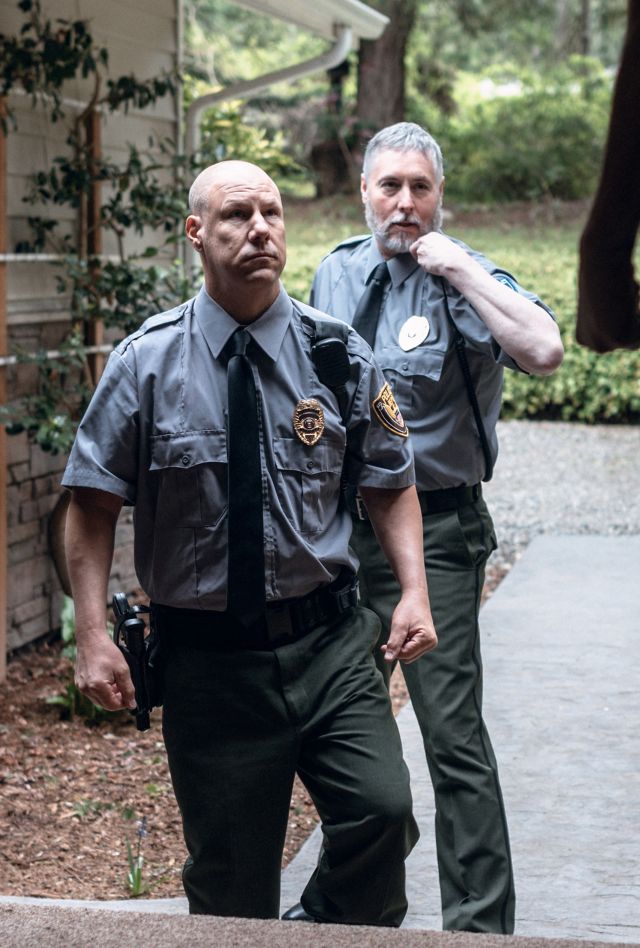Public & Law Enforcement Safety in the Implementation of Red Flag Laws

Problem
Firearm violence is a public health crisis in the U.S.
Firearm violence is a public health epidemic in the US, with 100 firearm deaths on average per day. In response, 21 states and the District of Columbia have passed Extreme Risk Protection Orders (ERPOs), or “red flag” laws. ERPOs are temporary civil court orders that allow the state to remove firearms from persons who pose a significant danger to themselves or others. Law enforcement is the most common petitioner for ERPOs and serves approved ERPOs, but little research has been conducted to date on the implementation of ERPOs by law enforcement and considerations for police and public safety.
Solution
NORC conducted in-depth interviews with 10 law enforcement agencies to understand ERPO implementation across six states.
Across 10 law enforcement agencies in six states, NORC conducted 17 in-depth qualitative interviews with command staff and officers with experience serving ERPOs. Our research explored the follow research questions:
- How do agencies align and vary in support for ERPOs? Do agencies think ERPOs are effective in reducing firearm violence and what kind of firearm violence ERPOs are most effective in reducing?
- What are the common practices of ERPO (including volume) and variations? What are the best practices for implementing ERPOs in agencies that implement high volumes?
- What are the commonalities and differences in terms of ERPO policy and training?
- What are the common barriers and challenges that law enforcement agencies have regarding the implementation of ERPOs?
Result
Law enforcement sees ERPOs as a useful tool but there is considerable variability in volume of use and implementation practices.
Among the findings from interviews:
- Law enforcement professionals recognize ERPOs as a useful tool but vary in the types of firearm violence they believe ERPOs may prevent.
- Some law enforcement professionals fear that these laws may be misinterpreted or misused.
- There was a wide variation in the number of ERPO orders filed across the agencies interviewed.
- While some agencies provide extensive training for special units responsible for ERPOs, a majority of the agencies provide only limited, informal training on the topic.
- Law enforcement professionals interviewed identified the most critical barriers to implementing ERPOs effectively and described several best practices.
Implications include providing guidance and recommendations on how to incorporate ERPOs into law enforcement protocols at the state or national level, incorporating additional training, and identifying specialized units to serve ERPOs at the agency level.
Related Tags
Project Leads
-
Weiwei Liu
Principal Research ScientistCo-Principal Investigator -
Bruce Taylor
Senior FellowCo-Principal Investigator








